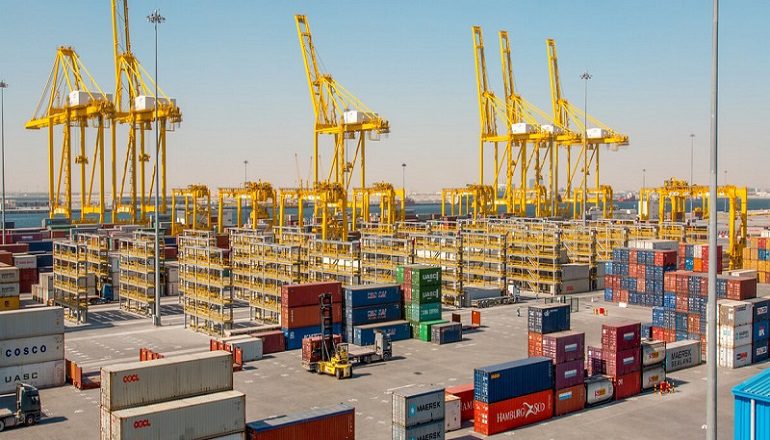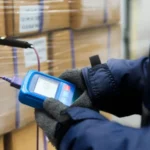Qatar is one of the richest countries in the Middle East that has attracted a million holiday- goers from around the world. The country is on everyone’s bucket list of places to visit at least once. Speaking of visiting the country, did you know there are a number of ports in Qatar that are the backbone of the trading system of the country. Let’s get a sneak peek into the range of ports and why are they so important.
Top 4 Ports in Qatar: Glimpse Of The Import and Export Life
The land of the Middle East has always attracted people from around the world for its history and richness. Now with the import and export, the ports in Qatar have become busier than ever.
1. Doha Port
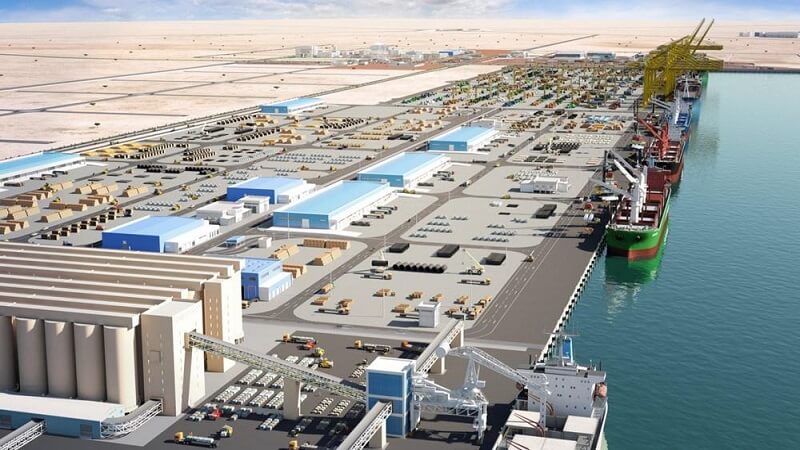
The census-designated port district in Doha, Doha port is nestled close to Doha corniche and Souq Waqif, the popular destinations. The port was the only commercial port that processed all kind of cargo, till 2016, when Hamad port was born. In 2011, Milaha port services came into existence. In 2016, after Hamad port was commissioned, all commercial operations were suspended.
2. Ras Laffan Port
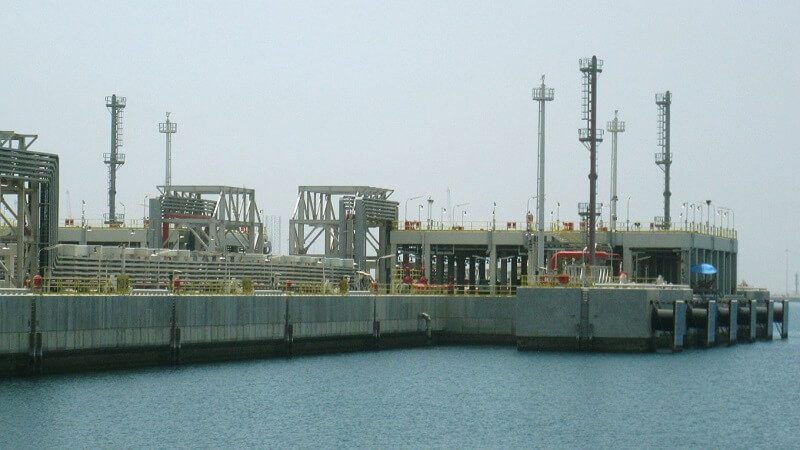
Overlooking the Arabian Gulf, Rass Laffan, a deep-water port, is nestled along the northeast coast of Qatar. The biggest artificial harbor in the world consists of the biggest LNG export facility. The efficiency of transporting all the hydrocarbon products around the world, is enabled due to its strategic location at the middle of the Arabian Gulf, between the Far East and Europe.
Ras Laffan is developed and operated specifically for natural gas-based industries that produce gas products and their derivatives from natural gas produced in the North Field. RLC offers infrastructure, facilities and services in the industrial city with the aim of providing industries and other stakeholders an efficient and competitive business environment. Ras Laffan has been built as the export facility for Liquefied Natural Gas (LNG), Liquid Petroleum Gas (LPG), Condensates, Petroleum Products and Sulphur. LNG Carriers, LPG Carriers, partly laden/ballasted tankers up to 300,000 SDWT, Dry Cargo Vessels, bulk (Sulphur) carriers, tug/barge spreads carrying construction materials or equipment and Offshore Service Vessels are some of the things the port area accommodates.
Also Read: Excess Baggage? Now Get Shipment For Your Extra Luggage
3. Al Ruwais
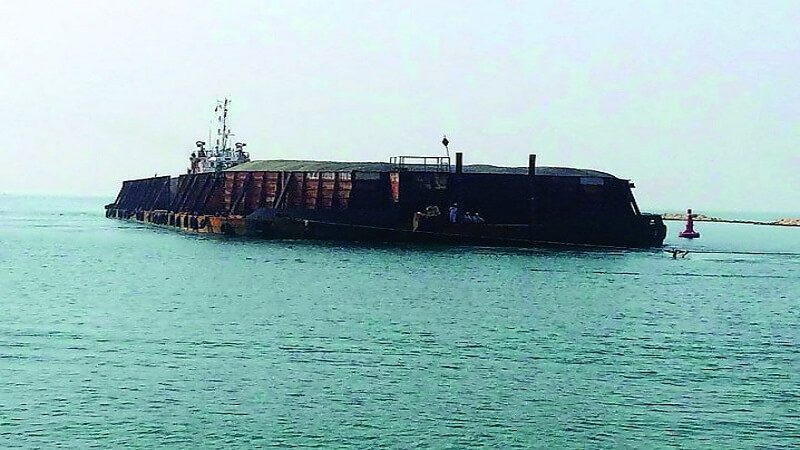
The 2nd commercial port, Al- Ruwais Port, sitting on the northern tip of Qatar promotes the regional commercial shipments and revives the economy of the country. The port handles the rise in foodstuff demands along with the handling of general cargoes.
The port offers a solution by being the gateway for fresh goods from other countries. All the frozen and chilled products arrive in reefer containers. It will enable the entry of all kinds of ships along with expansion of trade with the neighboring countries.
Also Read: Ecommerce Delivery In Qatar: A Service Making Lives Easier
4. Hamad Port
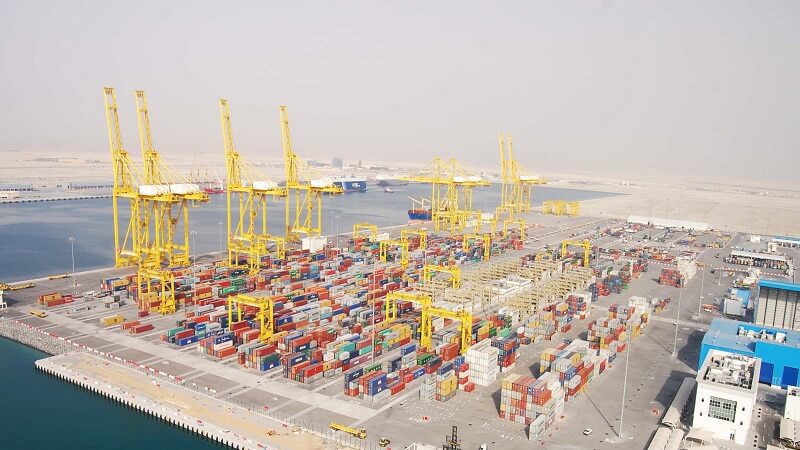
Seen sitting in the south of Doha, Hamad Port is the main seaport that was constructed in 2010 and began functional in 2016. The bulk trade that passes through the port include food and building materials and apart from this the port can handle about 7.8 million tons of products. The port is an important statement of Qatar as the goal is to create a gateway and change the infrastructure.
It has become a world class maritime hub and plays a major role in the expansion of the trading needs.
Qatar is one of the most delightful places to visit on a holiday with family and friends. Speaking of being a one stop tourist destination, Qatar has several ports that allow export and import of trading. The ports of Qatar are the backbone of the country that defines its economy.

